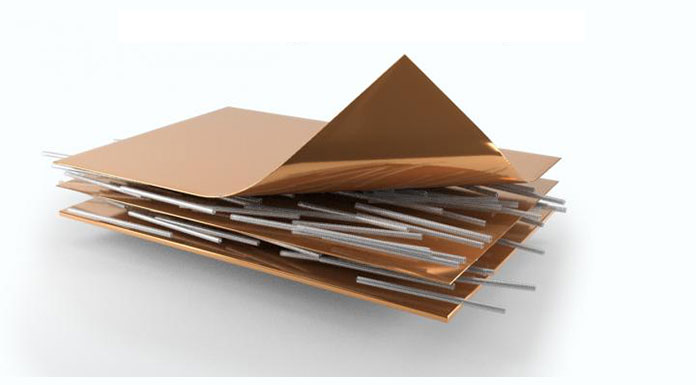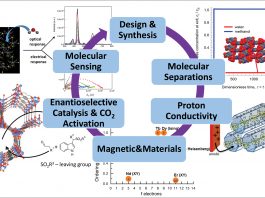Researchers at the Oak Ridge National Laboratory, USA, have created a composite material that can increase the electrical current capacity of copper wires, potentially increasing the efficiency and energy density of electric vehicle motors.
The composite material can be deployed in any component that uses copper, including more efficient connectors for electric vehicle traction inverters and charging systems. The team from Oak Ridge National Laboratory deposited and aligned carbon nanotubes on flat copper substrates, resulting in a metal-matrix composite material with better current handling capacity and mechanical properties than isolated copper.
Researchers deposited single-wall carbon nanotubes using electrospinning, which creates fibres as a jet of liquid speeds through an electric field. This technique provides control over the structure of deposited materials and allows scientists to successfully orient the carbon nanotubes in one general direction to facilitate enhanced flow of electricity.
Tolga Aytug, lead investigator for the project, said: “By embedding all the great properties of carbon nanotubes into a copper matrix, we are aiming for better mechanical strength, lighter weight and higher current capacity. Then you get a better conductor with less power loss, which in turn increases the efficiency and performance of the device. Improved performance, for instance, means we can reduce volume and increase the power density in advanced motor systems.”
Increasing the conductivity of carbon nanotubes
The team used a vacuum coating technique, called magnetron sputtering, to add thin layers of copper film on top of the carbon nanotube-coated copper tapes. The coated samples were then heated in a vacuum furnace to produce a highly conductive copper-carbon nanotube network by forming a dense, uniform copper layer and to allow diffusion of copper into the carbon nanotube matrix.
Using this method, ORNL scientists created a copper-carbon nanotube composite 10cm long and 4cm wide, with exceptional properties. Researchers found the composite reached 14% greater current capacity, with up to 20% improved mechanical properties compared with pure copper, as detailed in ACS Applied Nano Materials.
While the new composite material has direct implications for electric motors, it also could improve electrification in applications where efficiency, mass, and size are key metrics. The improved performance characteristics can advance the design of conductors for a broad range of electrical systems and industrial applications.









